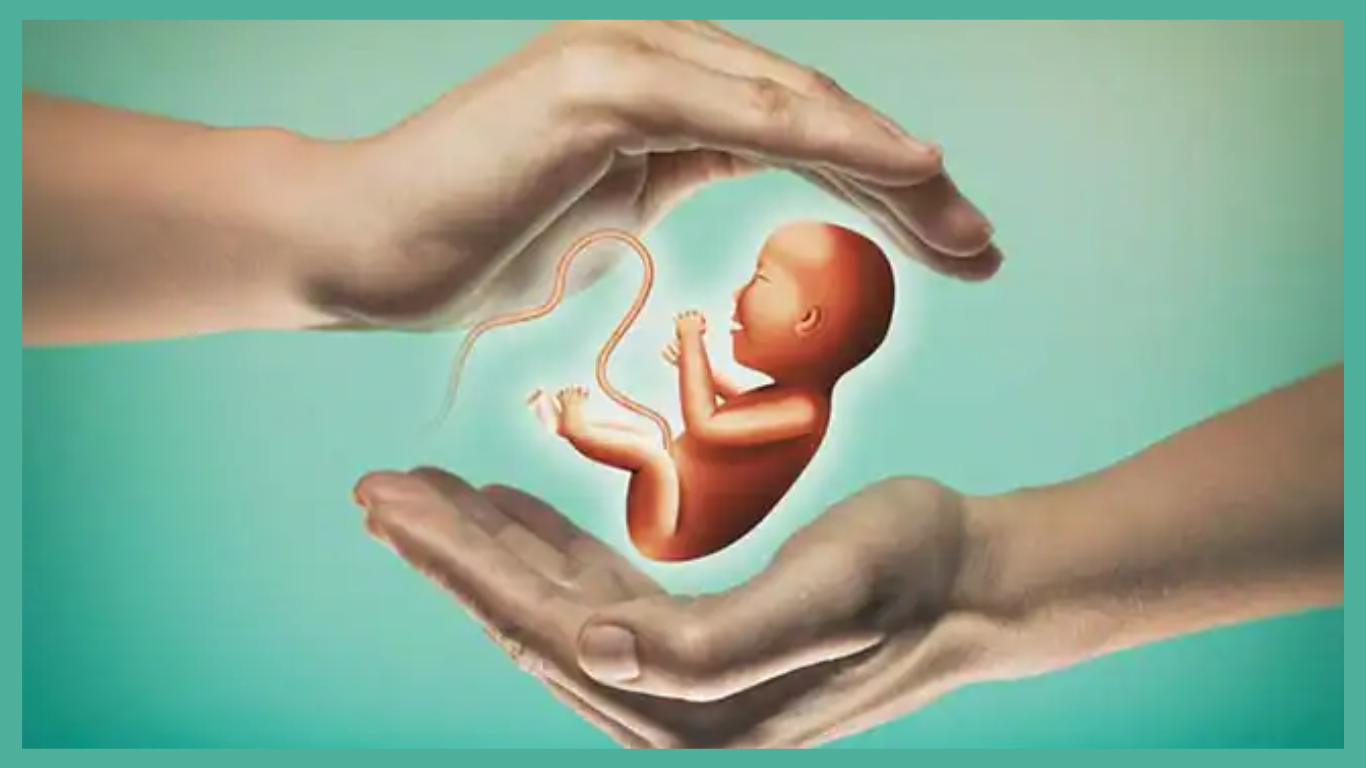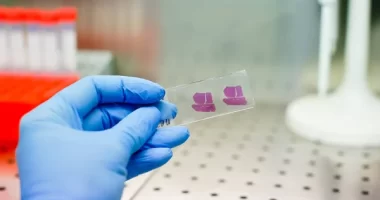IUI Fertility Treatment Used by Tim Walz, intrauterine insemination (IUI) has gained significant attention recently, especially following Democratic Vice Presidential nominee Tim Walz’s revelation that he and his wife, Gwen, utilized this fertility treatment to conceive their children. As many couples face challenges in starting a family, understanding IUI and how it differs from in vitro fertilization (IVF) can provide valuable insights for those considering their options.

Tim and Gwen Walz: How IUI Helped Them Start a Family
Tim Walz, the governor of Minnesota and Democratic vice presidential nominee, and his wife Gwen have been open about their struggle with infertility and the treatments they underwent to start a family. This week, Gwen Walz clarified that they used intrauterine insemination (IUI), not in vitro fertilization (IVF), to conceive their two children, Hope and Gus.
The Walz family faced “the anxiety, the agony, and the desperation that can eat away at your soul” during their seven-year fertility journey. They kept the details to themselves then, not even sharing them with close family.
“It’s a really simple procedure that just involves bringing the cervix into view — like a regular pap smear — and passing a tiny flexible tube through the cervix and then placing the sperm higher up into the reproductive tract,” Williams tells PEOPLE.
In short, he says, “intrauterine insemination definitely gets more sperm up to where the eggs are.”
Women are given medication to produce more eggs, he explains, and “doing an insemination helps deliver more sperm up to where those eggs are.”
The Walz family decided to share their story publicly following the Alabama Supreme Court ruling that limited access to IVF services. Tim Walz has been vocal about the importance of protecting reproductive health care and access to treatments like IUI and IVF.
Gwen Walz highlighted their neighbor’s support during their IUI treatments. Similarly, many couples going through fertility challenges find solace in sharing their experiences with others facing similar struggles.
What is IUI?
IUI, or intrauterine insemination, is a fertility treatment that involves placing sperm directly into a woman’s uterus during her ovulation period. This procedure is designed to increase the chances of fertilization by reducing the distance sperm must travel to reach the egg. The process typically begins with a semen sample from the male partner or a sperm donor, which is then “washed” to isolate the healthiest sperm. This concentrated sperm is inserted through a thin catheter into the uterus, allowing fertilization to occur naturally within the body.
Benefits of IUI
- Less Invasive: IUI is a non-surgical procedure, making it less invasive than IVF.
- Cost-Effective: Generally, IUI is less expensive than IVF, making it a more accessible option for many couples.
- Quick Procedure: The IUI process can often be completed in a single office visit, unlike IVF, which requires multiple appointments and procedures.
Key Differences Between IUI and IVF
Intrauterine insemination (IUI) and in vitro fertilization (IVF) are both fertility treatments designed to assist individuals or couples struggling to conceive, but they differ significantly in their procedures and effectiveness.

Procedure
- IUI: Involves placing a prepared sperm sample directly into a woman’s uterus during ovulation. This method aims to increase the chances of sperm meeting the egg by bypassing the cervix and reducing the distance the sperm must travel. The procedure is relatively simple and can be performed in a doctor’s office, often with minimal discomfort.
- IVF: A more complex process that starts with hormonal treatments to stimulate the ovaries to produce multiple eggs. These eggs are then retrieved surgically, fertilized with sperm in a laboratory, and the resulting embryos are monitored before being transferred back into the uterus. This process involves several steps, including egg retrieval and embryo culture, making it more invasive and time-consuming than IUI.
Effectiveness
- IUI: Generally has lower success rates compared to IVF. The effectiveness of IUI can vary based on factors such as the woman’s age and the underlying cause of infertility, with success rates typically around 5-20% per cycle. Couples may need multiple cycles of IUI to achieve pregnancy.
- IVF: Offers higher success rates, particularly for women under 35, where the success rate can be around 30% or higher per cycle. IVF is often recommended after several unsuccessful IUI attempts.
| Feature | IUI | IVF |
| Fertilization | Takes place inside the uterus | Takes place outside the body in a lab |
| Procedure | Involves inserting sperm directly into the uterus | Involves egg retrieval, fertilization, and embryo transfer |
| Invasiveness | Non-invasive | More invasive, requiring surgery for egg retrieval |
| Cost | Generally lower | Generally higher |
| Success Rates | Lower, varies by age and health | Higher, especially for women under 35 |
The IUI Process
The IUI process typically spans about two weeks, beginning with monitoring the menstrual cycle to determine the optimal time for insemination. Here’s a breakdown of the typical steps involved:
- Cycle Monitoring: Doctors monitor the menstrual cycle using blood tests and ultrasounds to assess egg development.
- Semen Preparation: A semen sample is collected and processed to isolate the healthiest sperm.
- Insemination: On the day of ovulation, the prepared sperm is injected into the uterus.
- Fertilization: After insemination, fertilization occurs naturally within the body as sperm swim to meet the egg.
- Follow-Up: A pregnancy test is conducted about two weeks later to determine if the procedure was successful.
Success Rates of IUI
The success rates of IUI can vary significantly based on several factors, including the age of the woman, the underlying cause of infertility, and the quality of the sperm. Generally, the success rates are as follows:
- Under 35 years: Approximately 13% per cycle
- 35 to 37 years: About 10% per cycle
- 38 to 40 years: Roughly 9% per cycle
- Over 40 years: Between 3% to 9% per cycle.
These statistics indicate that while IUI can be effective, particularly for younger women, couples may consider multiple cycles or alternative treatments like IVF if IUI is unsuccessful.
How does the cost of IUI compare to IVF?
The cost of intrauterine insemination (IUI) is significantly lower than that of in vitro fertilization (IVF), making it a more affordable option for couples seeking fertility treatments.
Cost Comparison
- IUI Costs: The average cost of IUI in the United States typically ranges from $300 to $4,000 per cycle. The variation in cost is influenced by several factors, including the use of fertility medications, monitoring, and blood work, and the insemination procedure itself. For example, medications can add anywhere from $100 to $2,000 to the overall cost, while monitoring can cost between $500 and $1,000 per cycle. The insemination procedure itself usually costs around $150 to $400.
- IVF Costs: In contrast, the average cost of a single IVF cycle is much higher, typically ranging from $11,000 to $20,000 or more. This price often includes medications, which can add $3,000 to $5,000 to the total cost. Factors such as geographic location, the need for donor eggs or sperm, and additional procedures like genetic testing can further increase expenses.
Summary of Key Differences
| Treatment | Average Cost per Cycle |
| IUI | $300 – $4,000 |
| IVF | $11,000 – $20,000 |
Expert Insights
Dr. Shaun Williams, a reproductive endocrinologist, emphasizes that IUI can be an excellent first step for many couples experiencing fertility challenges. It is particularly suitable for those with unexplained infertility, mild male factor infertility, or issues related to cervical mucus. However, it is essential for couples to consult with fertility specialists to evaluate their specific circumstances and determine the most appropriate treatment plan.
FAQs
Q. How many IUI cycles should I try before considering IVF?
A. Most experts recommend trying three to six cycles of IUI before moving on to IVF, especially if the initial cycles are unsuccessful.
Q. Can IUI be done without fertility medications?
A. Yes, IUI can be performed without medications, but using fertility drugs can increase the chances of success by stimulating ovulation.
Q. What are the risks associated with IUI?
A. IUI is generally safe, but potential risks include infection, cramping, and, in some cases, multiple pregnancies if fertility medications are used.
Conclusion
IUI presents a viable option for couples looking to conceive, as highlighted by Tim and Gwen Walz’s experience. Understanding the differences between IUI and IVF, as well as the processes involved, can empower couples to make informed decisions about their fertility treatment options. As always, consulting with a fertility specialist is crucial to tailor the approach to individual needs and circumstances.
Also Read | Reciprocal IVF Explained: Moms Share Their Inspiring Family Stories








